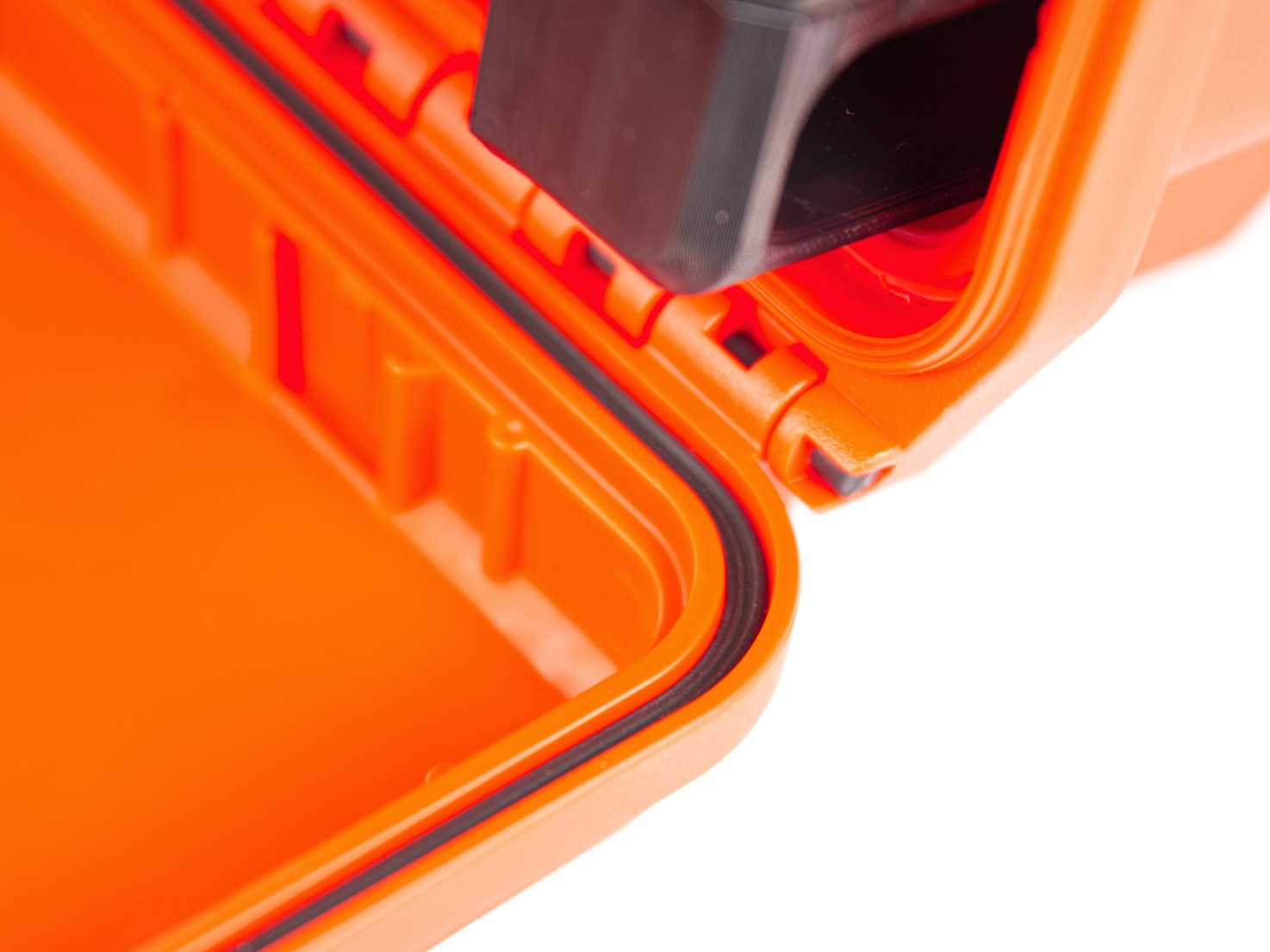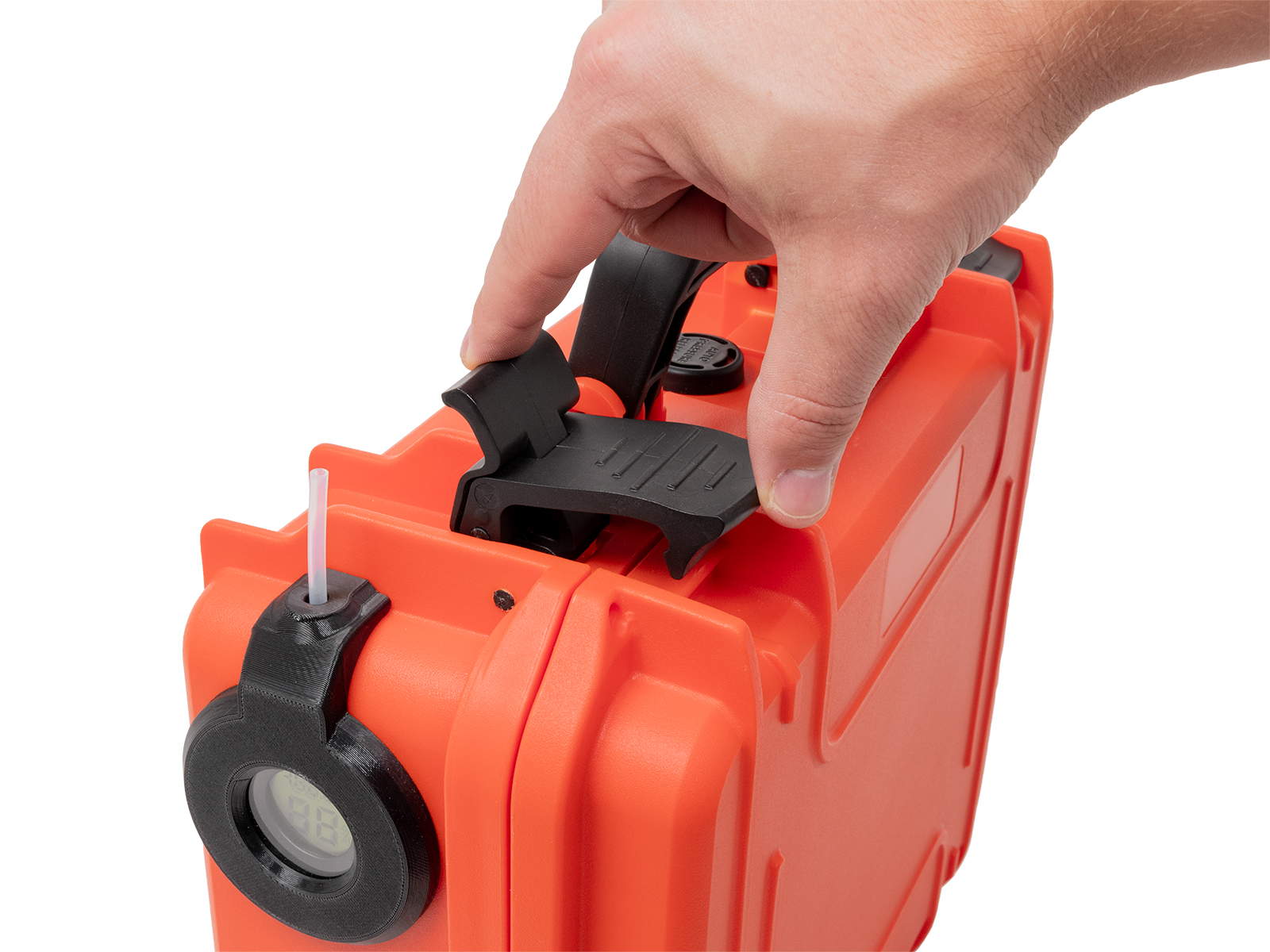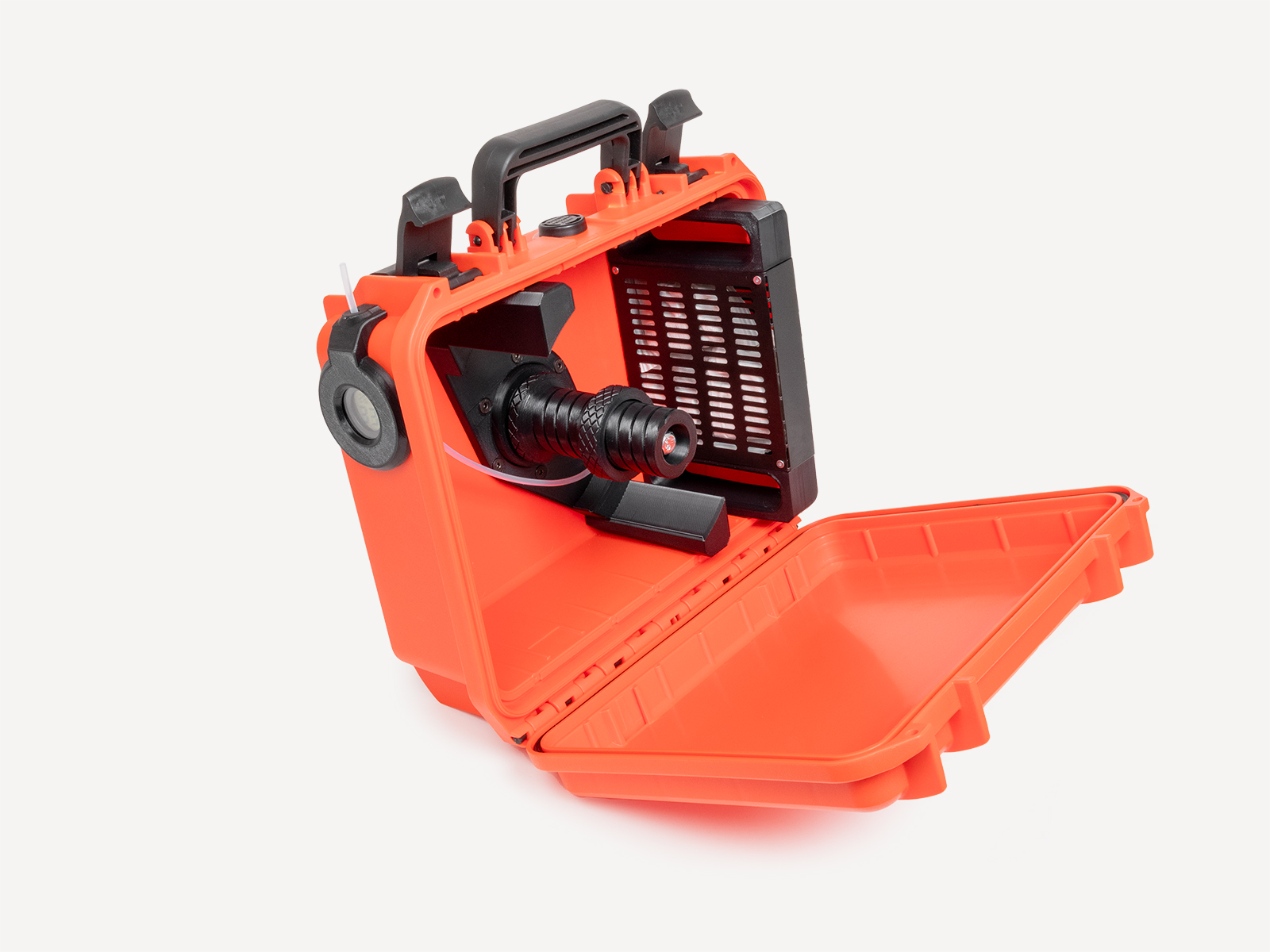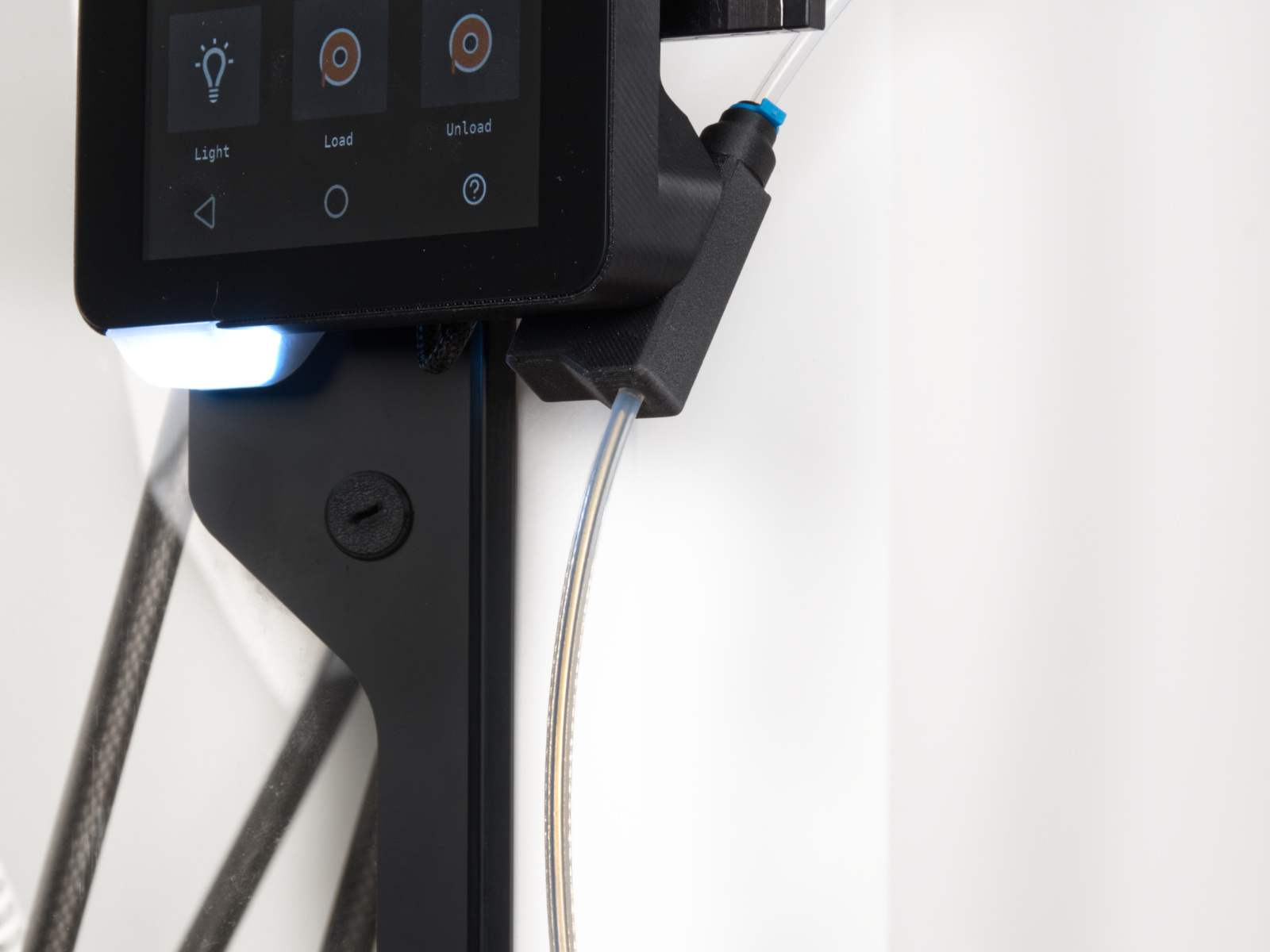- English
- Čeština
- Italiano
- Deutsch
- Polski
- Français
- Home
- Sobre tu impresora
- Características de la impresora
- Prusa Pro Filament Drybox
Prusa Pro Filament Drybox
- Descripción de la impresora
- Características de la impresora
- Accelerometer (MK4/S, MK3.9/S)
- Ajuste de brillo (SL1)
- Comandos del código G específicos del firmware Buddy
- Cancelar Objeto (MK4, MK3.9, XL, MINI/+)
- Detección de accidentes
- Volcado de errores
- Creación de un objeto de calibración de resina (SL1/SL1S)
- Volcado de memoria (MK3/S/+ y MK2.5/S)
- Menú experimental (MK3/S/+)
- Ajustes experimentales (MK4/S, MK3.9/S, MK3.5/S, XL, MINI/+)
- Sensor de filamento (MK4, MK3.9, XL)
- Sensor de filamento MK3 (no S)
- Láminas de acero flexibles (guía)
- GPIO Module
- High flow print head (HT90)
- High temperature print head (HT90)
- Configuración HW (MINI/MINI+)
- Ajustes HW (MK2.5/S & MK3/S/+)
- Conexión a Internet (SL1/SL1S)
- Sensor Filamento IR (MK2.5S, MK3S/+, MK3.5/S)
- Sensor IR de detección de filamento (MK3S)
- Ajuste del brillo del LCD (MK3S)
- Ajuste del contraste de la pantalla LCD (i3)
- Célula de carga (XL, MK4)
- Estructura del menú (SL1/SL1S)
- Boquilla Prusa MMU3 vs. Boquilla CHT
- Previsualización del modelo
- Network Connection (MK4S, MK3.9S)
- Calcetín silicona Nextruder (XL, MK4, MK3.9)
- NFC antenna
- Sensor de filamento ruidoso (MINI)
- Impresión con un clic
- Verter resina y empezar a imprimir
- Fallo de alimentación
- Modos de alimentación
- Perfil de Impresión (SL1/SL1S)
- Estadísticas de impresión
- Estadísticas de la impresora e información del sistema (SL1/SL1S)
- Pronterface y cable USB
- Comandos de código G específicos del firmware de Prusa
- Prusa Pro Filament Drybox
- Filament installation
- Printing from the Drybox
- User manual
- Calibración de la Resina (SL1/SL1S)
- Limpieza Tanque de Resina (SL1/SL1S)
- Lámina de acero satinada
- Clasificación de la tarjeta SD
- Lamina de acero lisa
- Modo de sonido (MINI/MINI+)
- Lámina de acero Especial para PA Nylon
- Unión de carrete (MMU2S)
- Perfiles de plancha de acero
- Stuck filament detection #26101 (MK4S) #13101 (MK4) #21101 (MK3.9) #17108 (XL)
- Menú Soporte (MK3/S/+)
- Configuración de soportes en la XL
- Lámina de acero texturizada
- Calibración del modelo térmico
- Tools Mapping (XL)
- Tools Mapping and Filament Mapping (XL, MMU3)
- Notificaciones de la barra superior (SL1/SL1S)
- Touch screen (MK4/S, MK3.9/S, MK3.5/S, XL)
- Menú Ajustes
- La MMU2S y los materiales solubles (PVA/BVOH)
- Información general
Some materials are hygroscopic, meaning it is necessary to dry them before printing and keep them in an environment with as low humidity as possible during printing. We offer the Prusa Pro Filament Drybox to be used with highly hygroscopic materials during the printing process. It can be purchased separately from your printer.
This sealed system prevents moisture from entering the external environment, keeping filaments in optimal conditions. The box allows for storage and direct printing. This is crucial for maintaining low filament moisture levels during printing and is essential for high-quality outputs, especially when using sensitive materials.
The Prusa Filament Drybox features a system for maintaining and reducing humidity using silica gel. This material actively absorbs moisture from the environment inside the box, helping to keep the filament dry.
For optimum performance, and in some cases even necessity, it is recommended to pre-dry the filament appropriately in a professional dryer and then place it in the Drybox for the first time. This ensures that the filament is in ideal condition for printing.
 |  |  |
Filament installation
- Open the Drybox by unlocking the two hinges on the top.
- Place the spool with the filament on the holder in the center and release the filament end.
- Thread the filament completely through the white PTFE tube until it comes out on the end of the tube.
- Close the Drybox by snapping both hinges shut.
 |  |
 |  |
 |  |
Printing from the Drybox
- Place the Drybox near the printer on the side of the screen.
- Load the filament by pushing the filament coming out of the PTFE into the printer until the print head.
- After the filament is loaded, push the PTFE into the opening.
 |  |
 |  |
User manual
Comentarios
¿Todavía tienes preguntas?
Si tienes alguna pregunta sobre algo que no se ha tratado aquí, comprueba nuestros recursos adicionales.
Y si eso no lo soluciona, puedes enviar una petición a [email protected] o mediante el botón que hay más abajo.